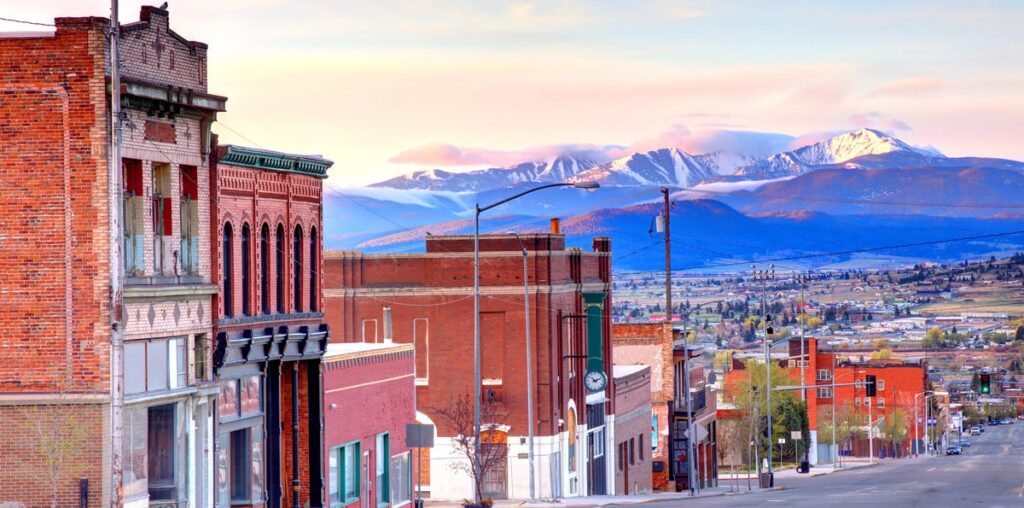Typically, you’d think blue states would be the ones to invest in infrastructure improvements that are better for the environment than red states. Air quality affects us all, but one party has decided everything that leads to cleaner air is communism, and it isn’t the Democrats. And yet, when you look at how different states have spent the money they received from Biden’s Infrastructure Act, Bloomberg found rural, conservative states are spending it on greener projects than high-population blue states.
If you have a hard time believing that claim, it’s probably because your mind jumped right to things like public transportation and pedestrianization. Those kinds of projects are important, but sadly, I’m not here to report that Alabama and Mississippi greenlit massive light rail projects. Instead, it’s because, generally speaking, blue states have invested more in expanding highways, while states such as Montana, North Dakota and Wyoming simply repaired existing roads instead.
In fact, those three states and others will likely see emissions drop below their pre-Infrastructure Act baseline. The states expanding or building new roads, on the other hand, are setting themselves up to only see more car use and more emissions.
“Perhaps surprisingly, rural states with limited budgets may be more likely to see reduced emissions compared to baseline projections than urban states, as they may be forced to prioritize repair of existing assets before spending limited funds to build new roads,” Transportation for America said in its report.
A big part of that has to do with the fact that we’re talking about states few people actually want to live in. Wyoming has a little over half a million residents, which is less than the population of Memphis, Tennessee. So, of course it makes sense that states people want to live in would be more likely to do more with their money than simply repave roads. Additionally, many rural areas don’t have much of a tax base and have deferred maintenance and repairs for years, so those projects are going to be a priority before they get around to deciding whether or not to widen a road or build a new one.
Additionally, the way people vote in national elections often has little to do with how they’ll vote or what they’ll protest at a local level. If there’s an urban planner out there who doesn’t have stories of allegedly liberal wealthy homeowners losing their minds over a minor project, it’s probably someone who still hasn’t finished their first day on the job.
That said, it’s not like blue states failed across the board. New York, Massachusetts, Oregon and Washington D.C. are projected to have the lowest emissions overall from their infrastructure spending. Also, as far as future emissions go, Texas is as bad as it gets. As the report put it, “Texas’ investments in highway expansion are so large, that it would take the cumulative emissions from the runners-up, Florida, North Carolina, Ohio, and Pennsylvania (13.1 million metric tonnes CO2e, combined), to match the scale of new emissions from Texas (12.5 million metric tonnes CO2e ) alone.”
So yeah, that’s not good. Then again, as we all know, trying literally anything else, especially if it’s been proven to work in other developed countries, is communism, and we can’t have that. The U.S. is somehow special and different, and the stuff that works other places would never work here. One more lane, though. That’ll definitely fix it. Just one more lane, bro.

